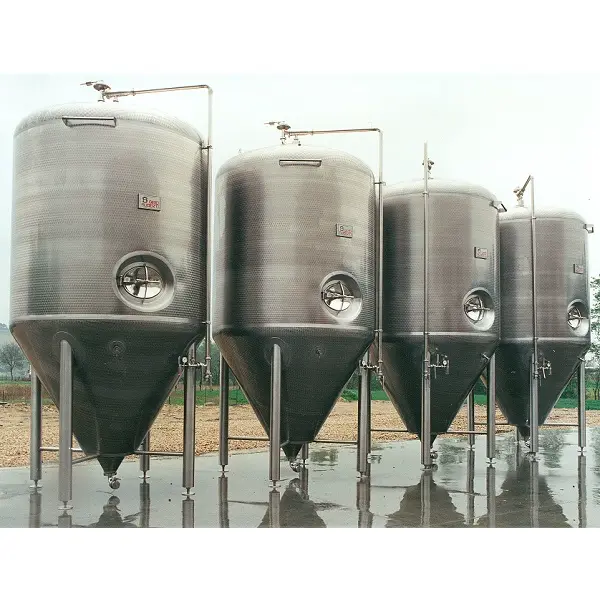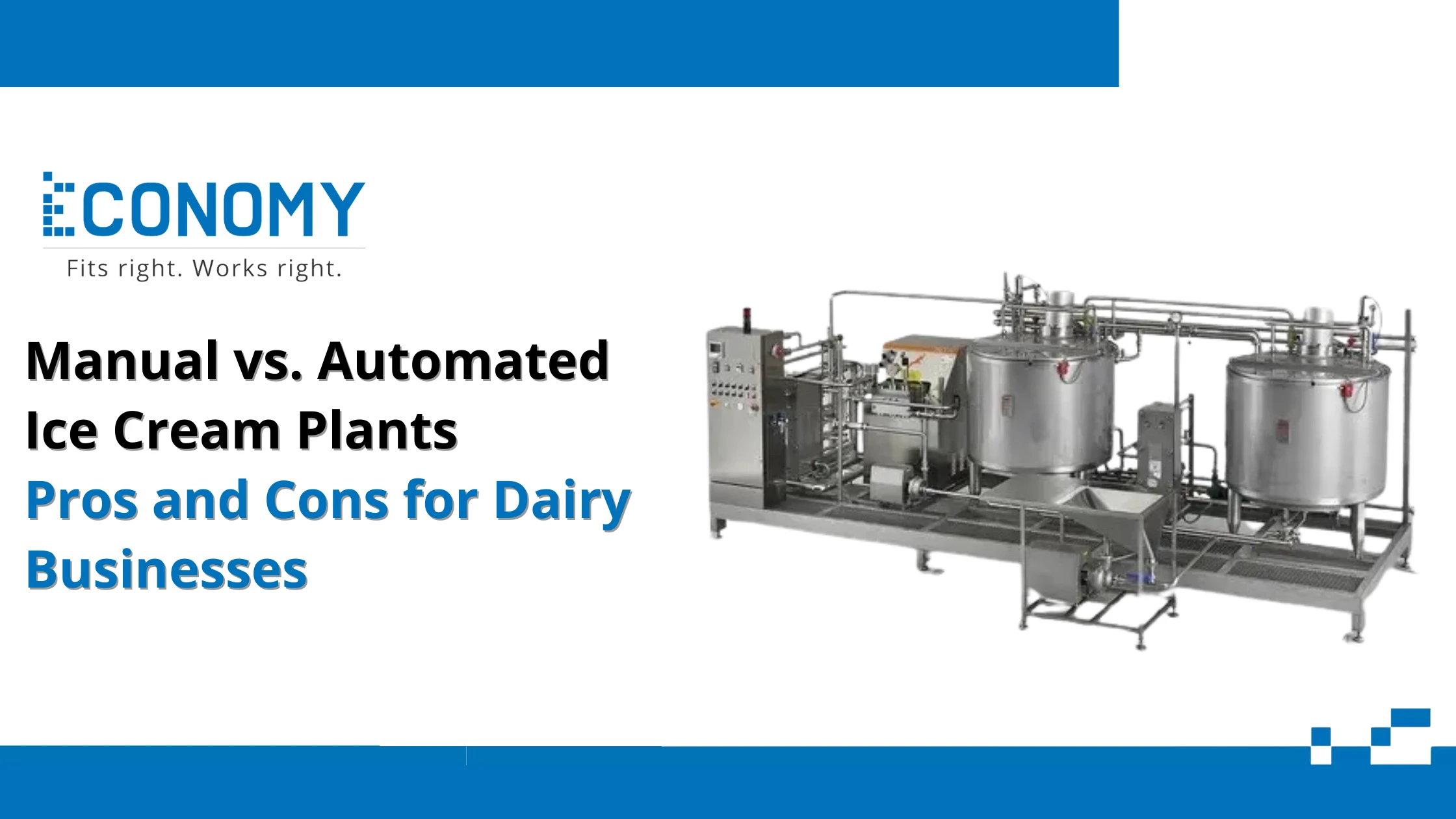All the tanks are certified in compliance with the PED directive, and they are fitted with special hollow spaces for the circulation of glycol to ensure an effective cooling action and energy saving.
Available in various models and sizes to suit every customer’s needs, the tanks include: a stainless steel thermometer, a level indicator, an air supply unit, and a heating element.
- Our Beer Storage Tanks are designed for maturing your beer to perfection. After post-fermentation, residual sugars are used for natural carbonation and pressure control.
- These tanks are made of top-quality stainless steel, PED compliant, and equipped with energy-efficient cooling and various features such as thermometer, level indicator, air supply, and heating element.
- They are available in various sizes, and all the tanks are certified in compliance with the PED directive.
- They are fitted with special hollow spaces for the circulation of glycol to ensure an effective cooling action and energy saving.
- The tanks feature hygiene construction, and are designed as per layout and space availability, with polished internal surfaces and a washing system function.
- They are suitable for various industries such as Beer, Chemical Industries, Pharmaceutical Plant, Food Plant, and Process Plant.
- The tanks include a stainless steel thermometer, a level indicator, an air supply unit, and a heating element, making it easy to monitor and control the maturing process.
- The tanks are available in various models and sizes to suit every customer’s needs, making it easy to choose the right tank for your specific maturing needs.
- Hygiene construction, Design as per layout & space availability, polished internal surface, a washing system function
- Beer
- Chemical Industries
- Pharmaceutical Plant
- Food Plant
- Process Plant
Request for Product Specifications
















